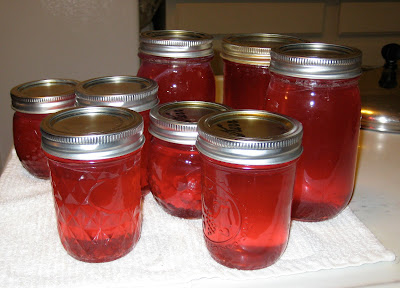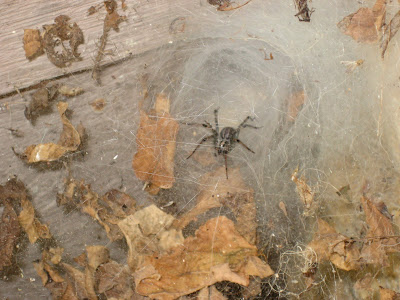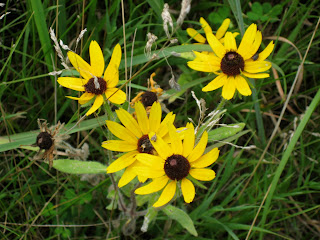In 1986 I learned that lesson, when severe rheumatoid arthritis struck with vengeance. Over these 24 years RA has destroyed the joints in my hands, shoulders and feet.

Surgeons have patched me up with bits of metal and plastic, but ability to do the things I love diminishes progressively. I've had to give up woodcarving, gourd art, knitting, and a host of other creative outlets.
Now, with failing wrists, I'm ready to give up sewing, one of my favorite activities since I was 12 years old, as well as most gardening. I'm hanging on to cooking, though, with the help of gadgets, tools, and Dennis, who does all the heavy lifting.
In some important ways this disease has been a gift. It has taught me humility and compassion. Priorities have become clear. My appreciation for family, friends, and Nature has deepened. And, in spite of all the loss, there is still so much I can do and much I have to be thankful for.
















































